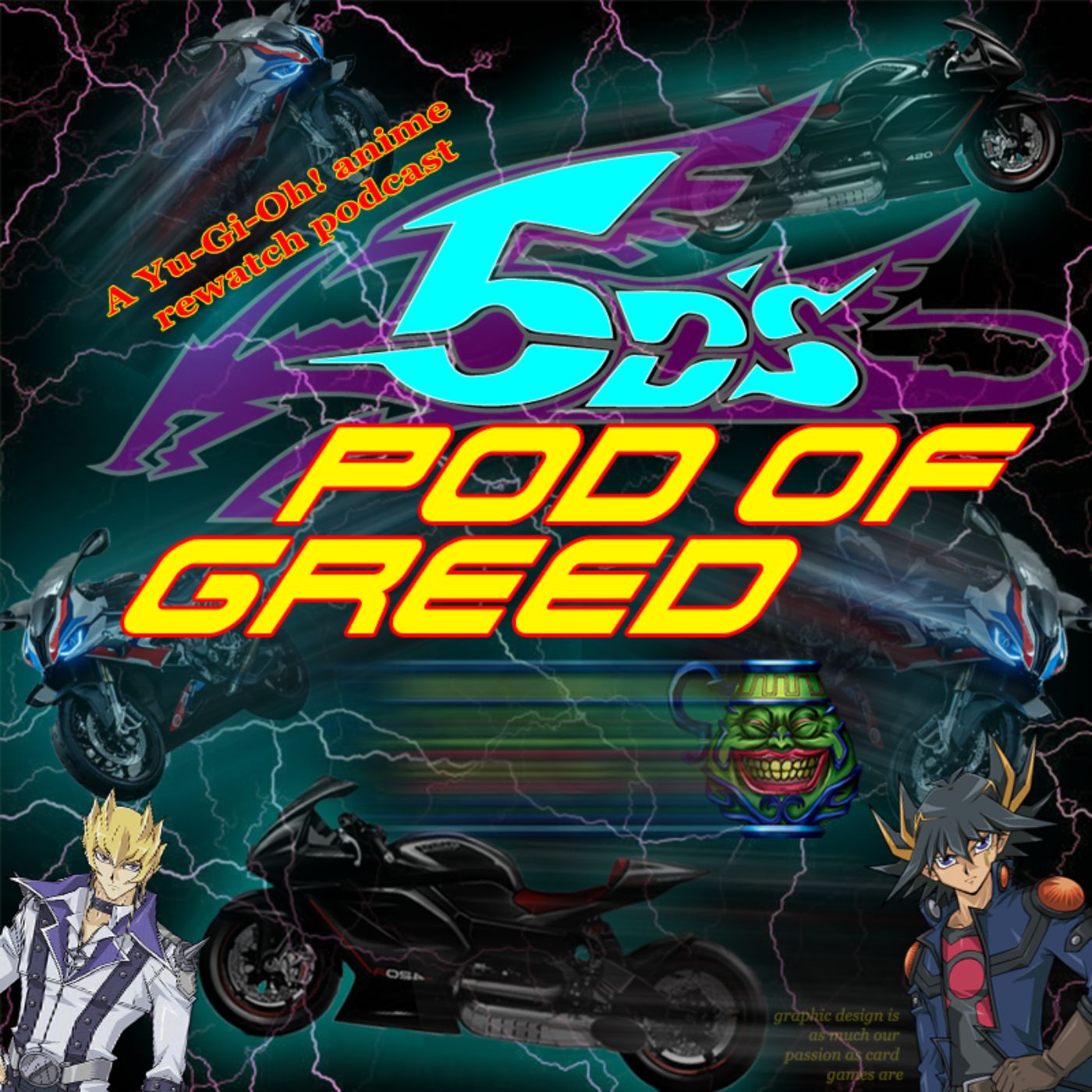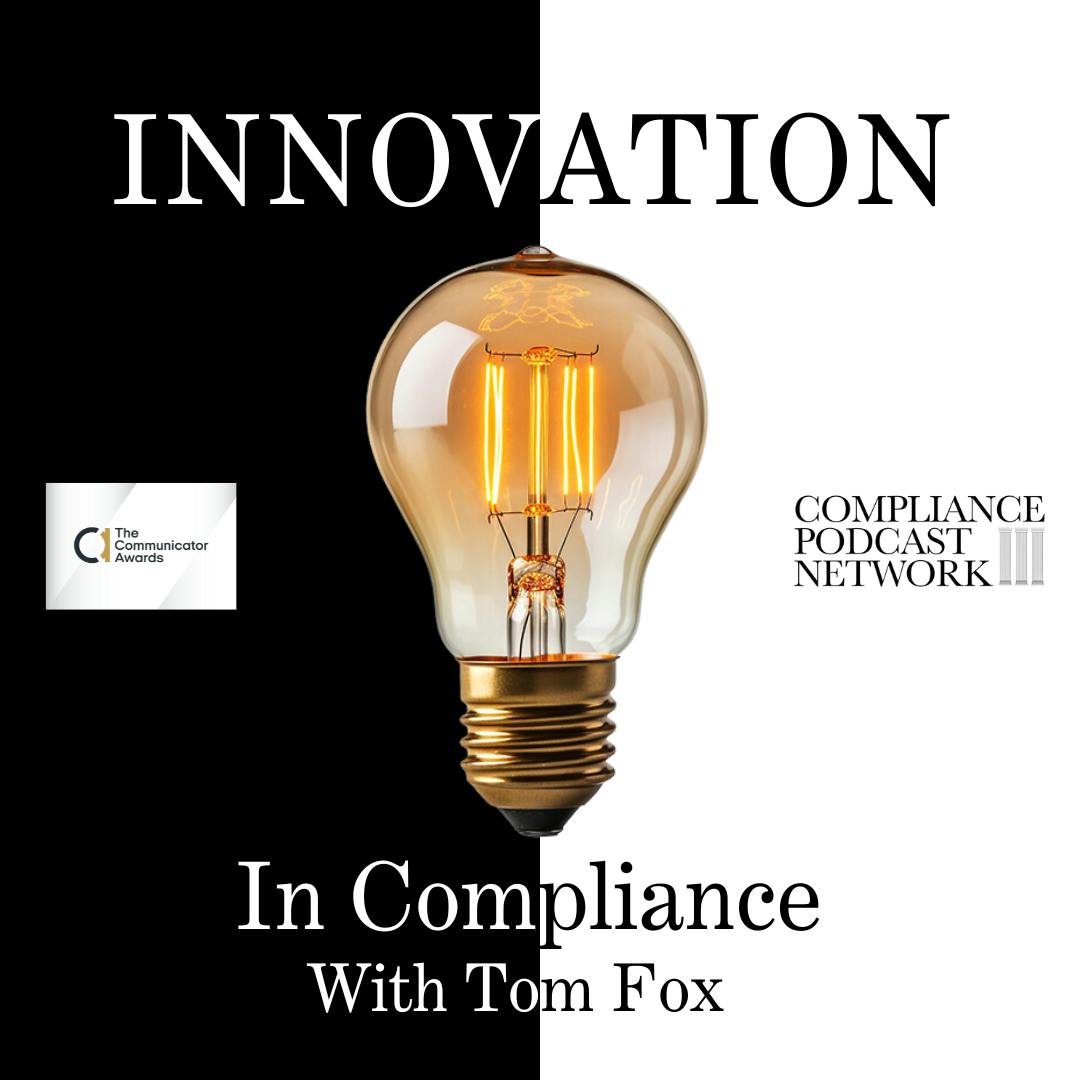Making Compliance Training Fun with Andrew RawsonWhat if compliance training didn’t have to be boring? Joining us on this episode is Andrew Rawson, the Chief Learning Officer for Traliant, a compliance training company. Today we’re talking about the future of compliance training: how to make it truly effective, useful, and even fun.
The importance of training
The last couple of years have seen the intersection of two seismic forces that have created tremendous demand for quality training. The first was the #MeToo movement, which has brought up the whole topic of compliance training around sexual harassment — so much so that it’s become a need to have instead of a nice to have, even in states where it isn’t required. The second was a change in regulations in different states across the country, now requiring more than 10 million people to be trained.
Effective compliance training
There is a difference between teaching people about the law and teaching them what to do. At Traliant, they wanted to train people how to behave. What do you do when you’re faced with a particular situation? That should be the focus.
The training is also intentionally more modern: well-designed interfaces, interactive videos, professional actors, point systems, getting senior management to record training segments for their peers — all of which help make learning more engaging.
An important part of making training effective is making sure that people are encouraged to speak up, and that when they do, they’ll be protected. You might not be able to stop bad actors, but you can encourage witnesses to point out the behavior.
Moving away from check-the-box training
Much of compliance training is very check-the-box: a once-a-year thing that companies do to get it over with. But that’s not an effective approach. Traliant has gone from doing one-and-done sessions to creating a more holistic training approach. Examples are 15-20 minute courses for managers involved in investigations and two-minute training videos on dating in the workplace that they call “sparks” — because they’re meant to spark conversations.
Resources
Preventing Workplace Sexual Harassment: 4 Top Trends for 2019 | Andrew Rawson | Traliant


 42:58Update: 02/05/2024
42:58Update: 02/05/2024





